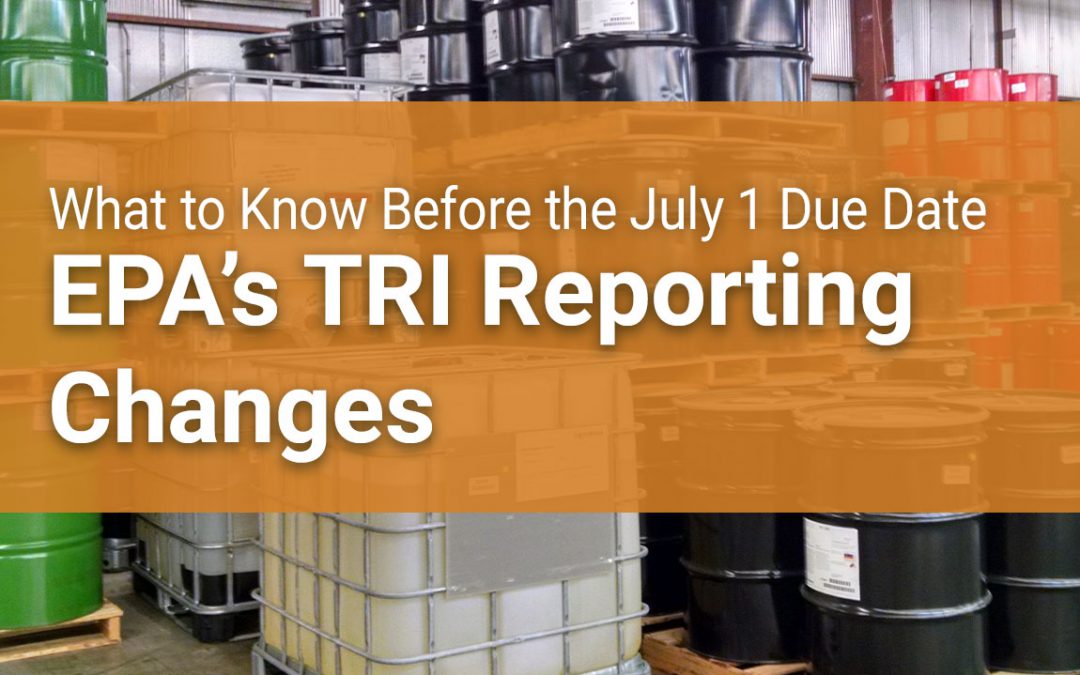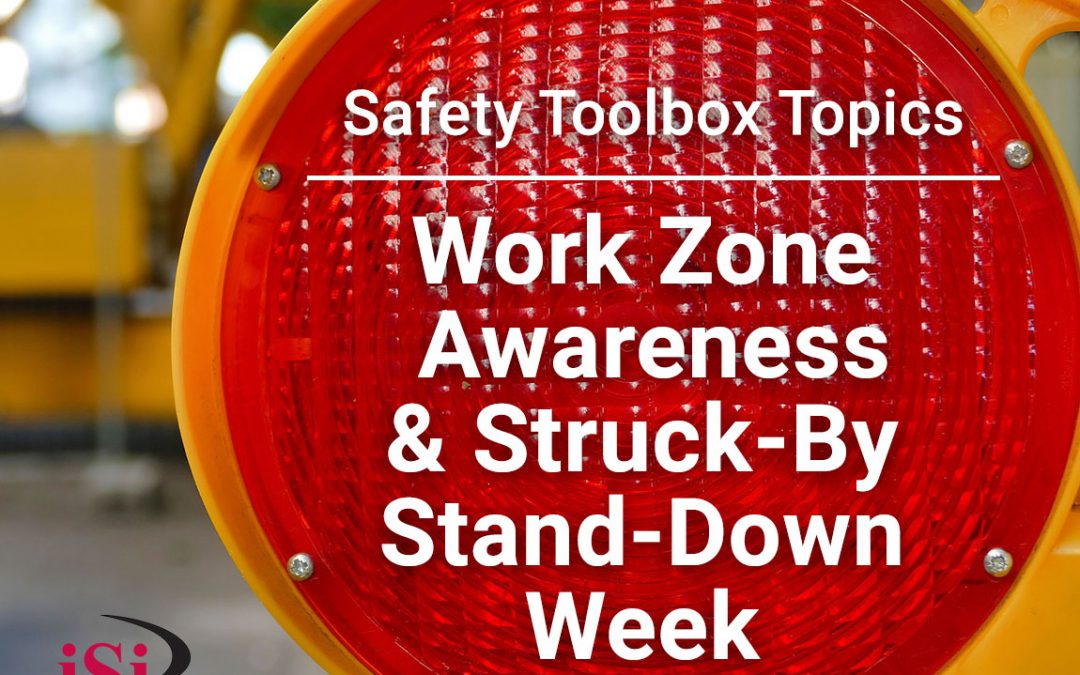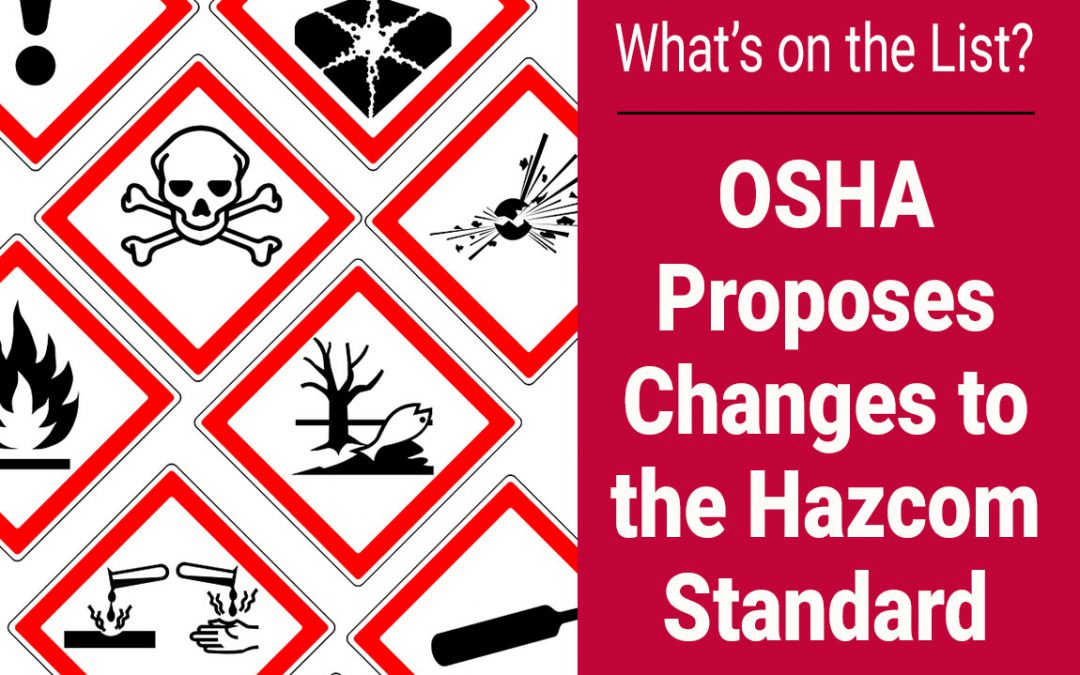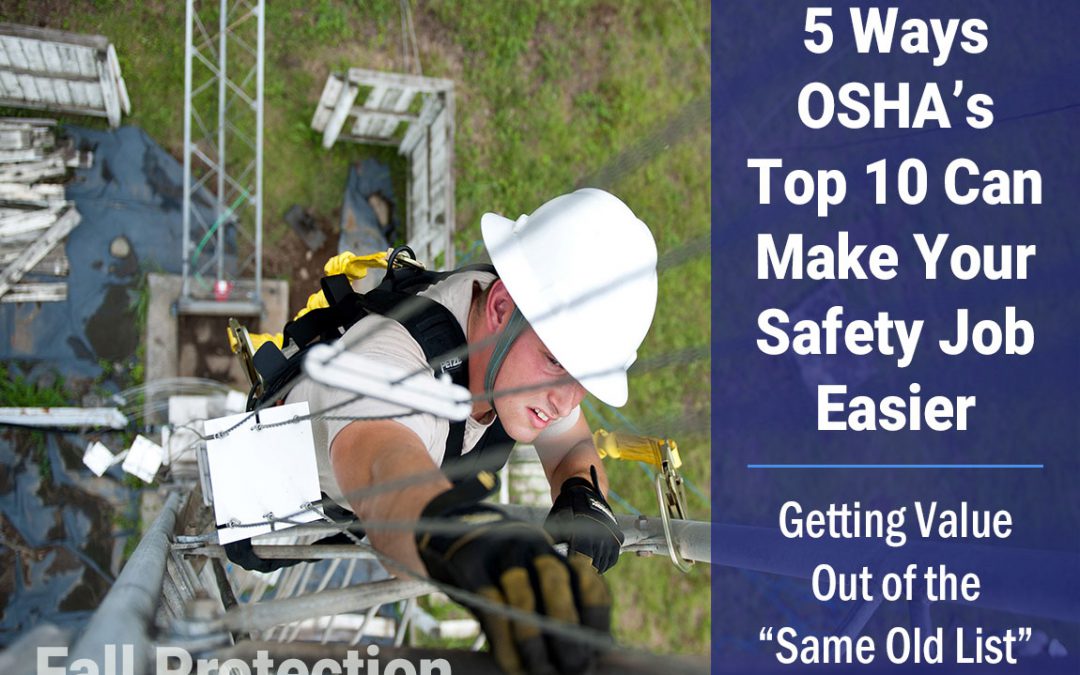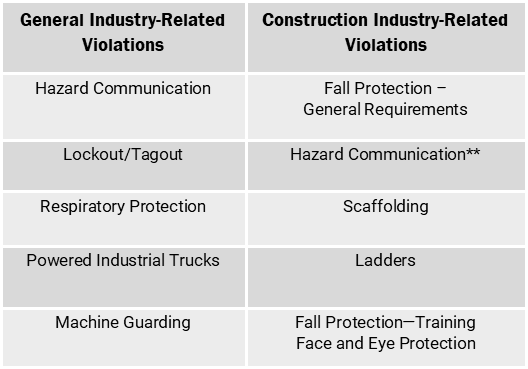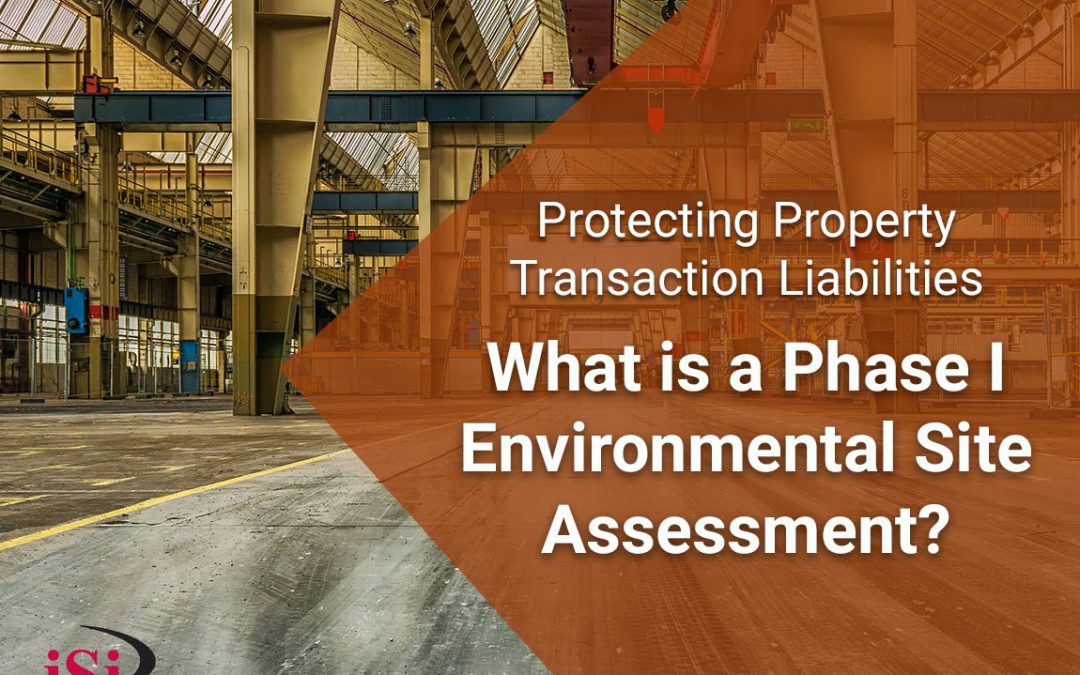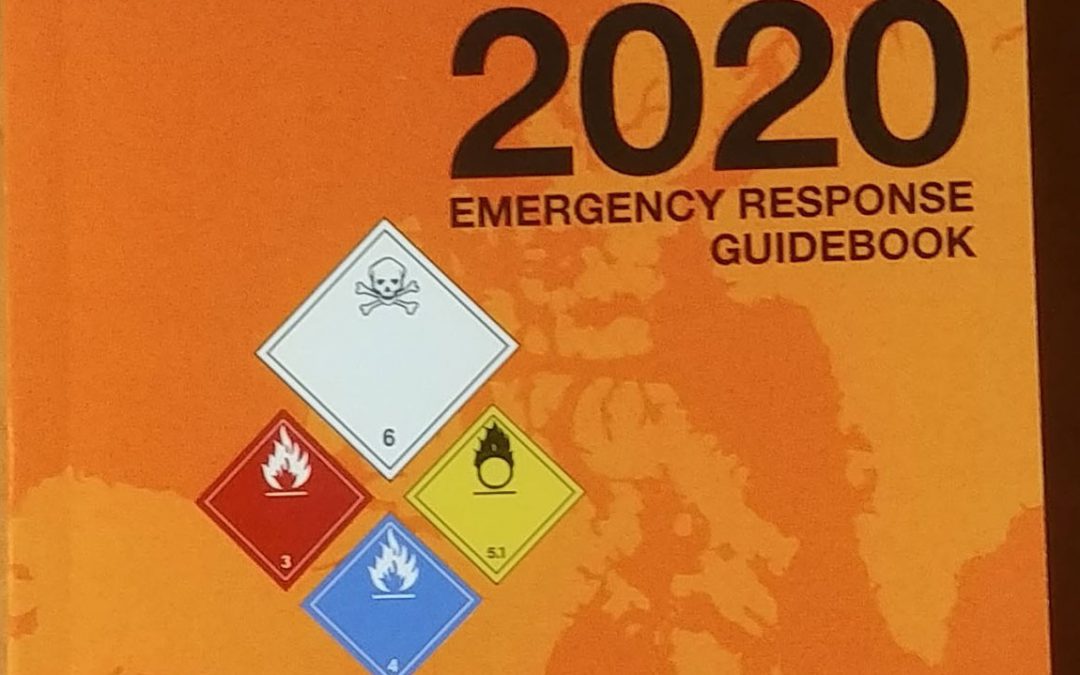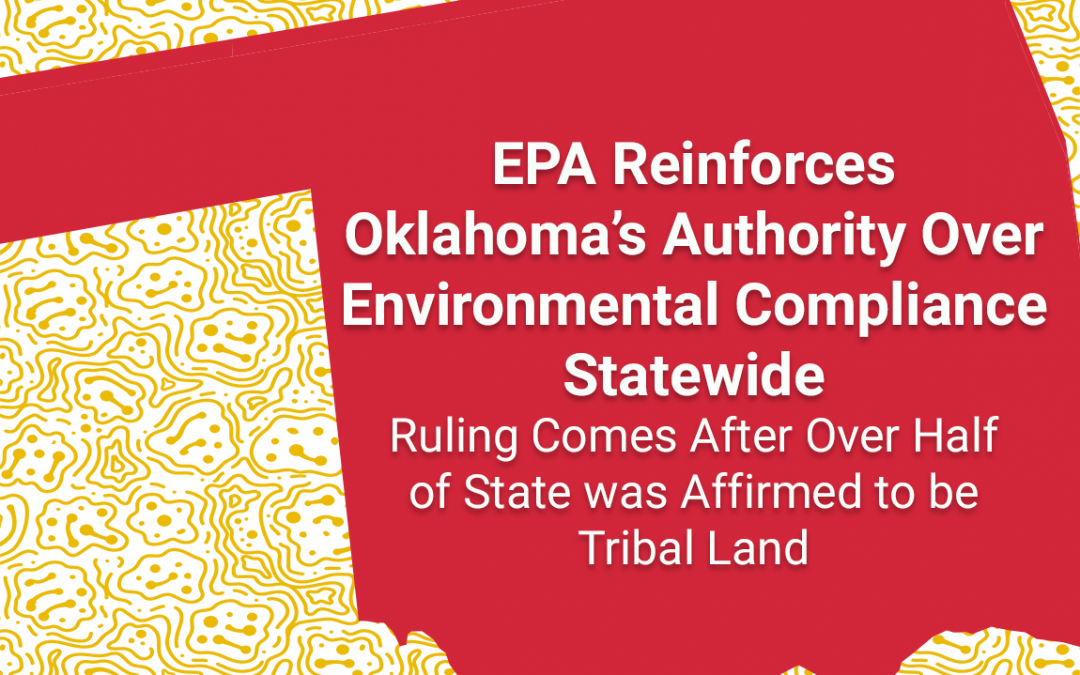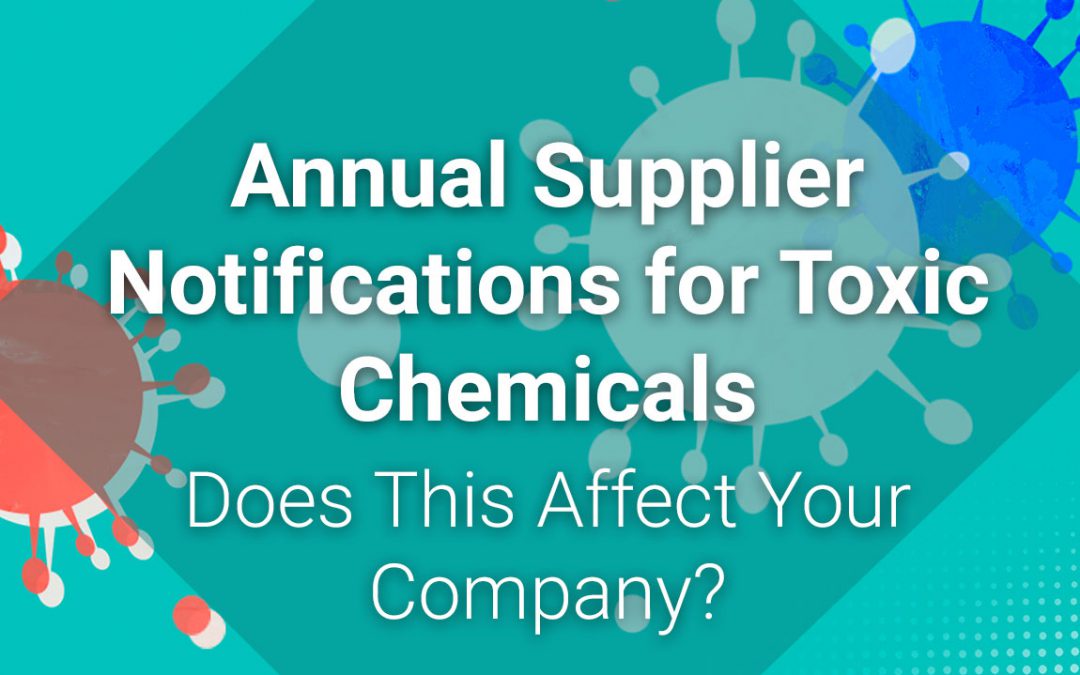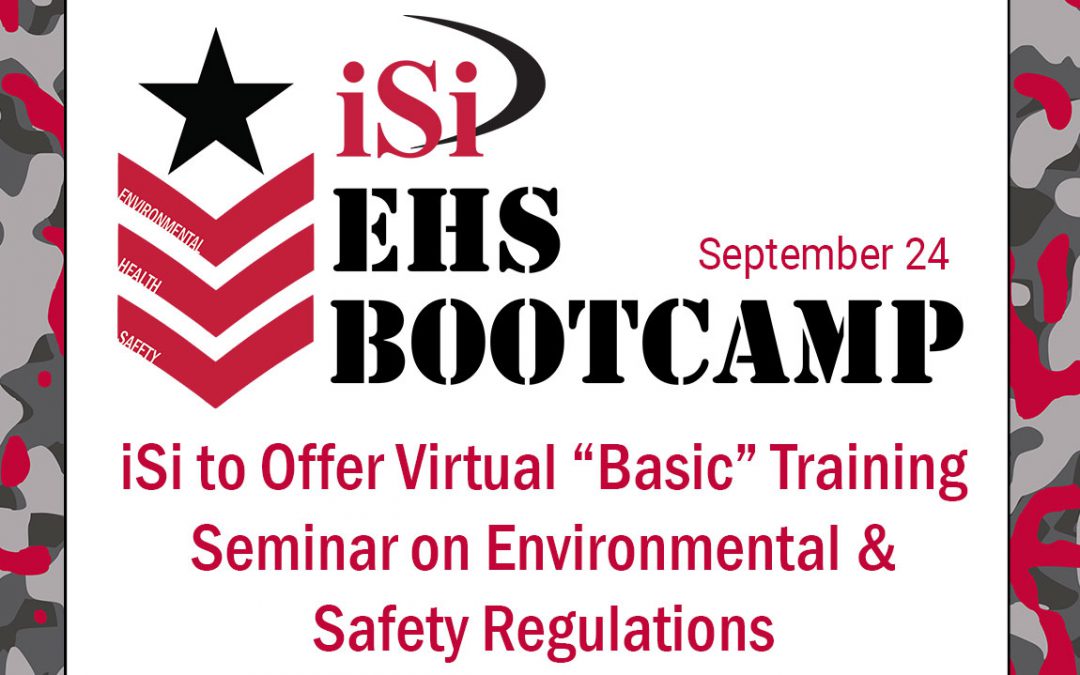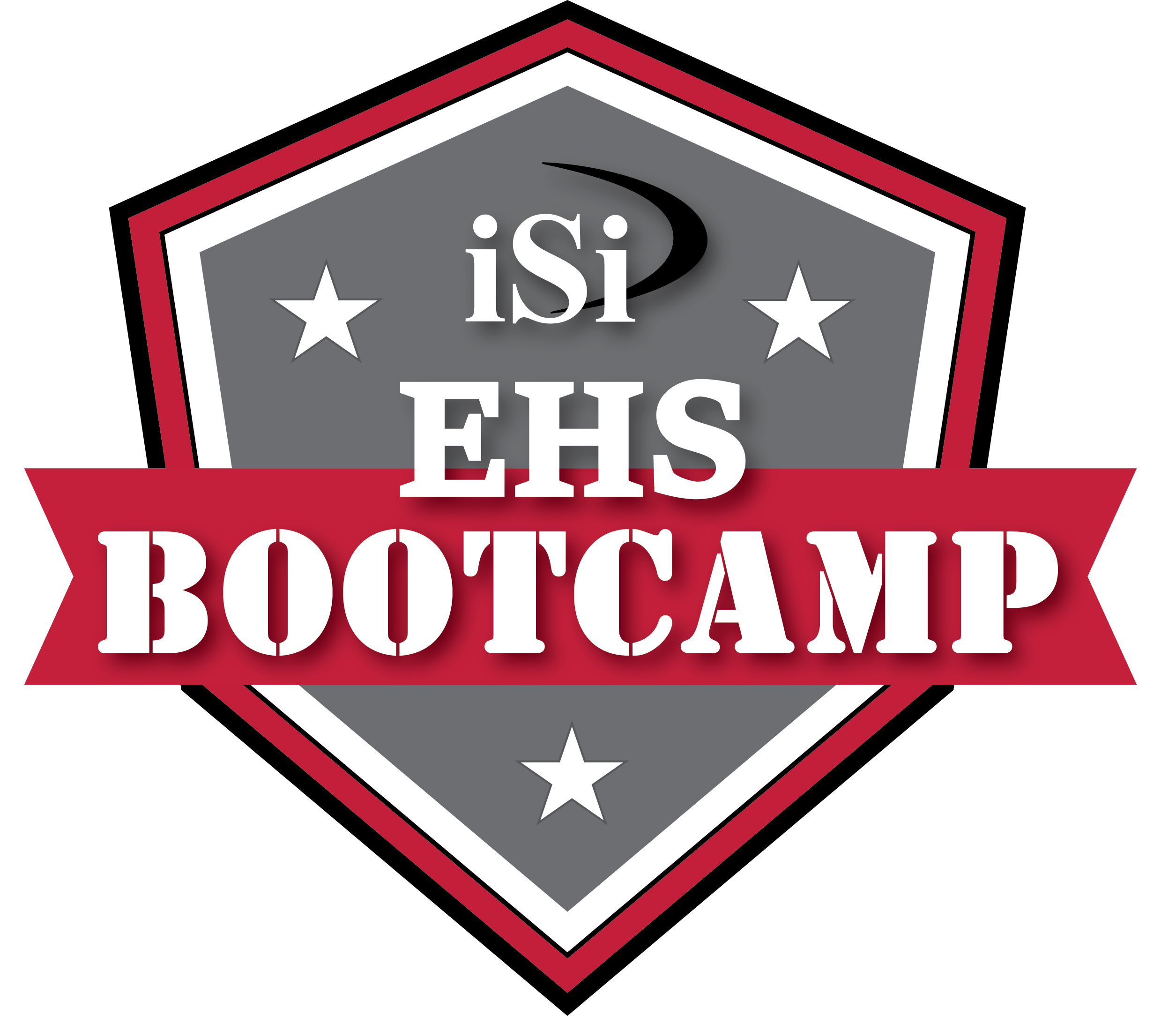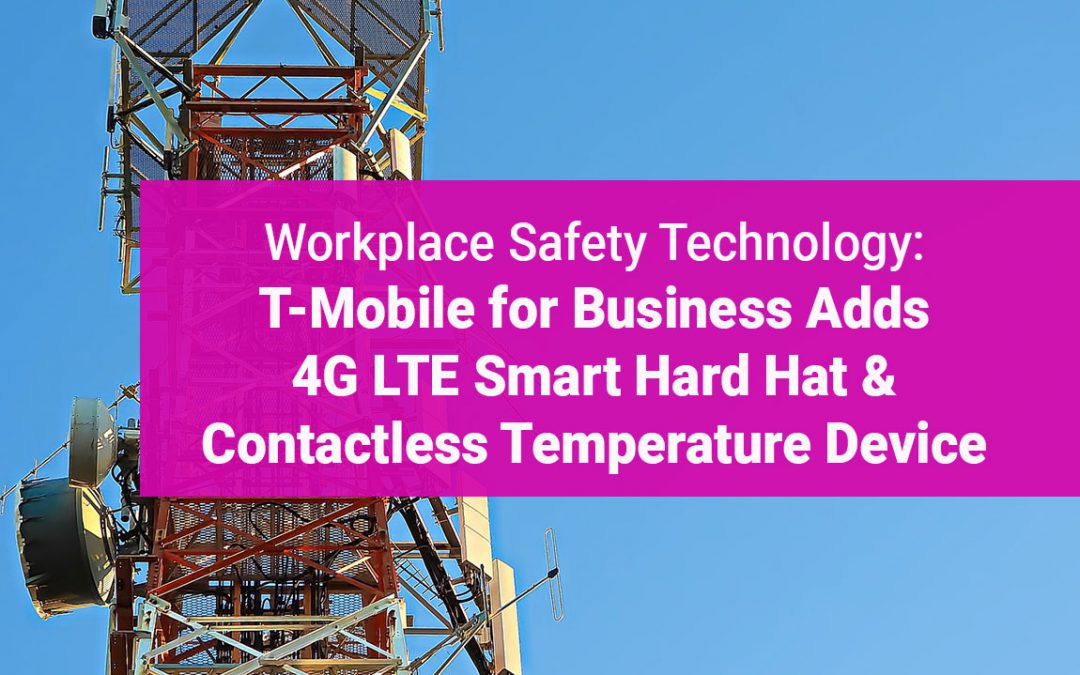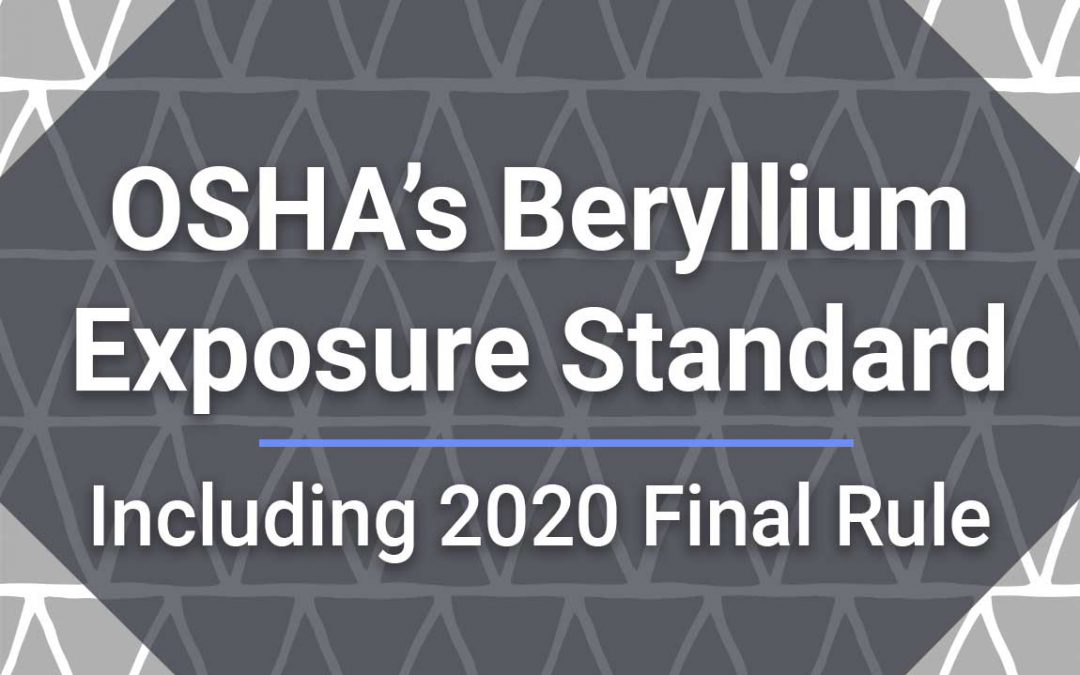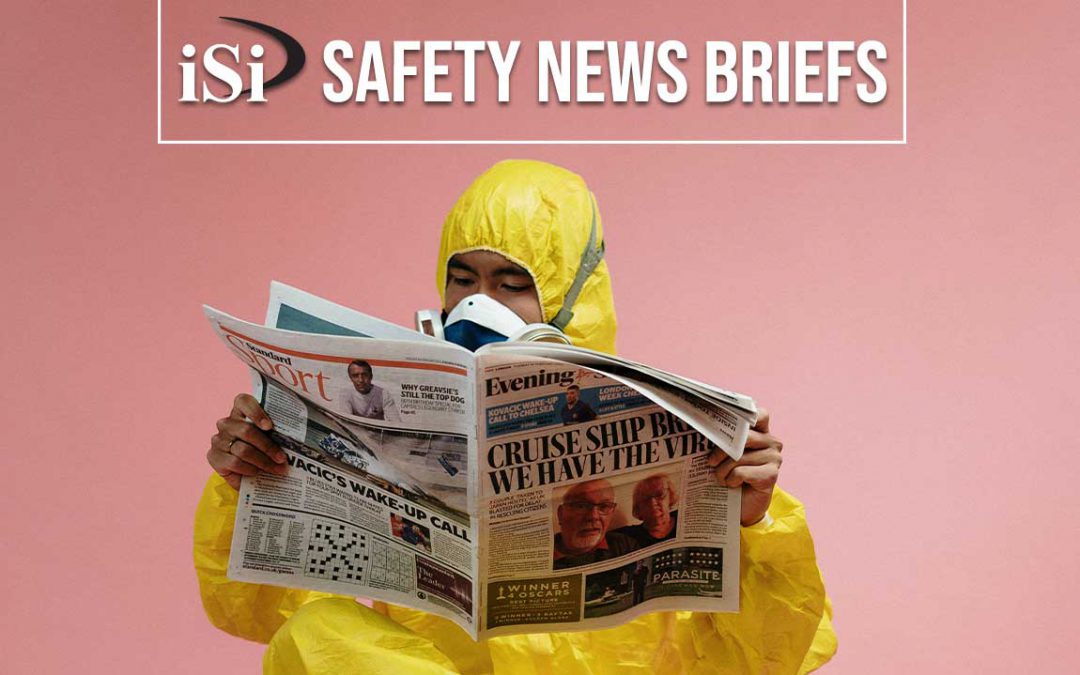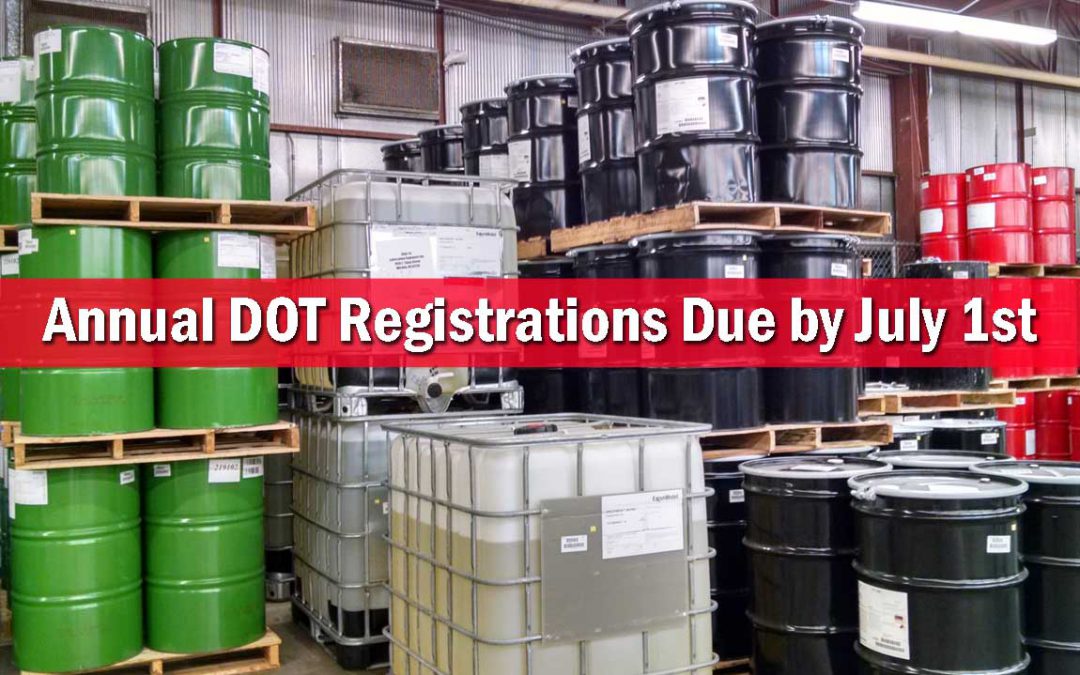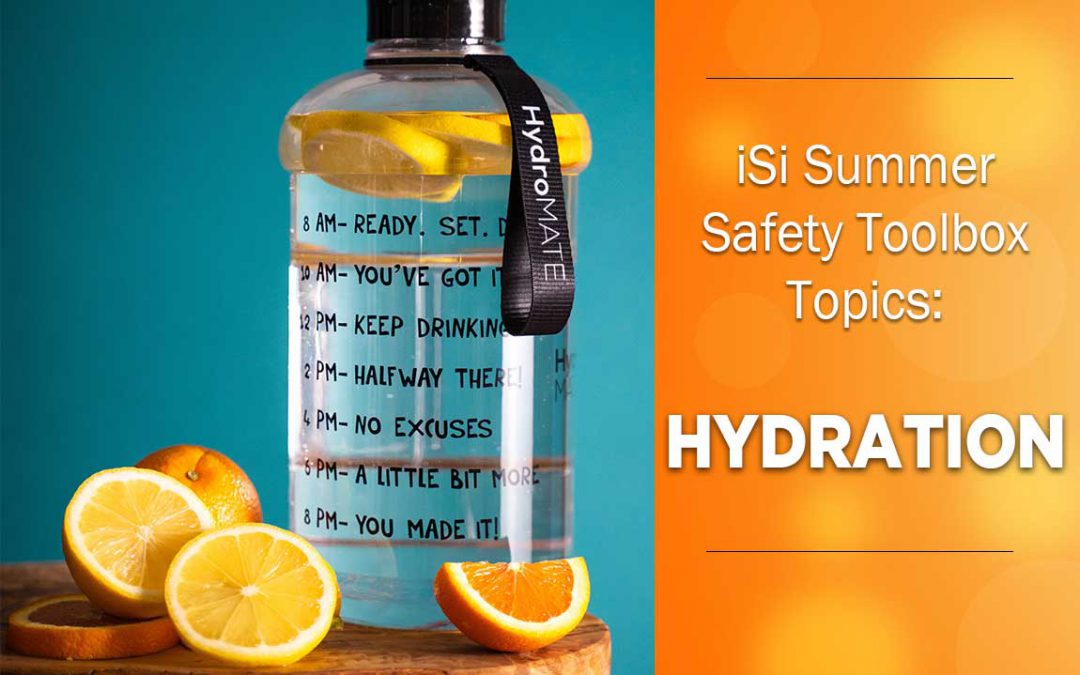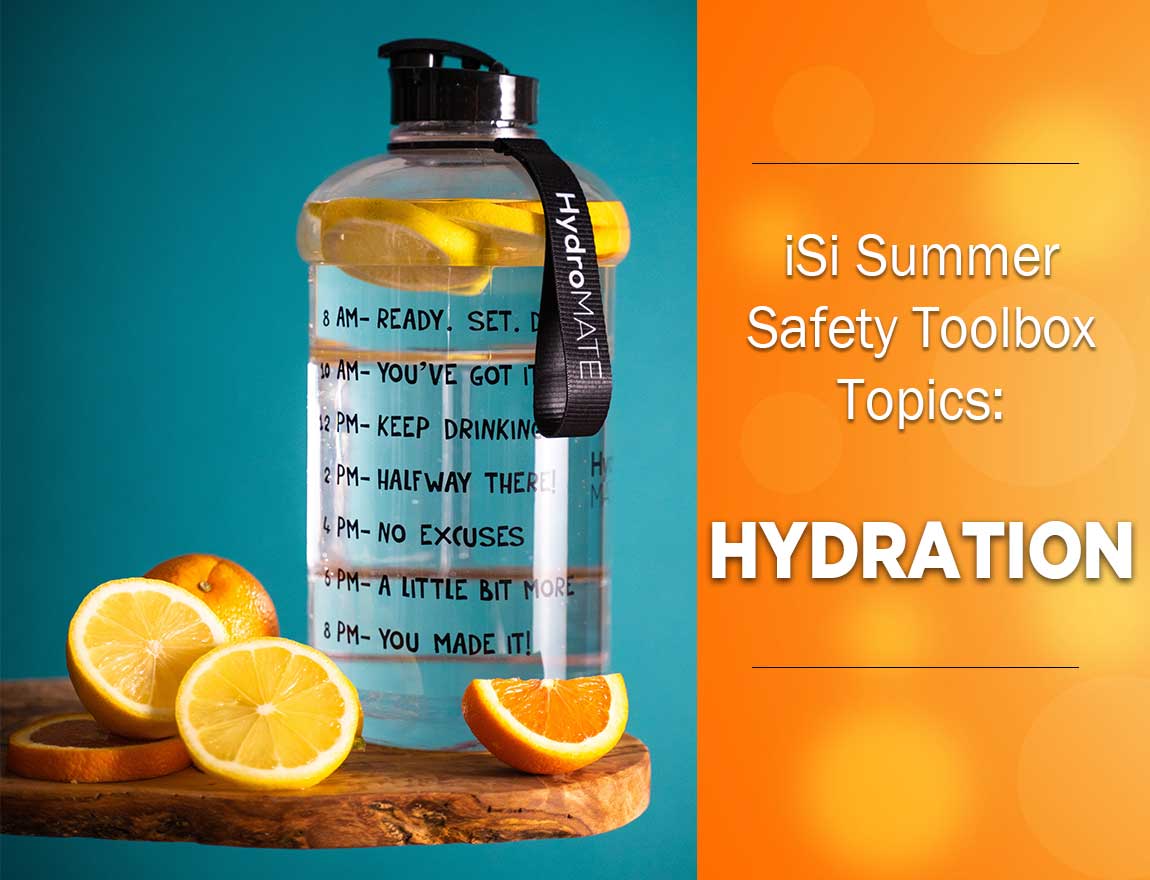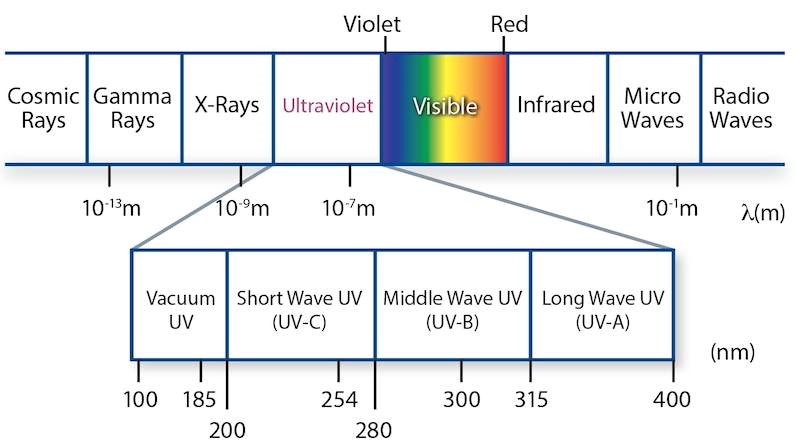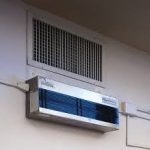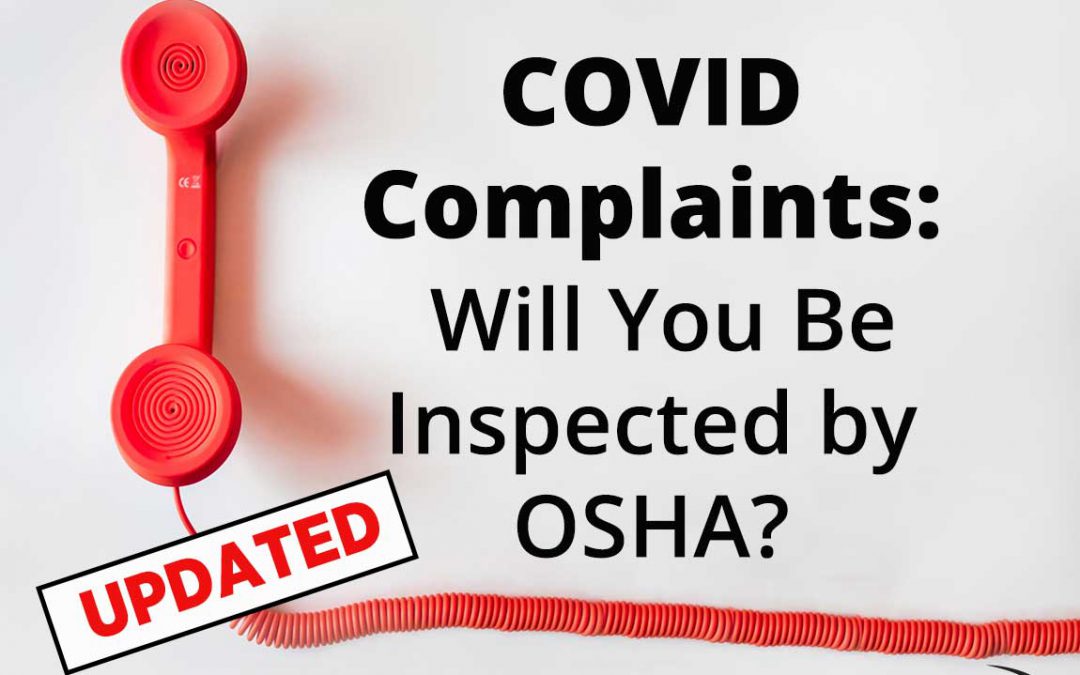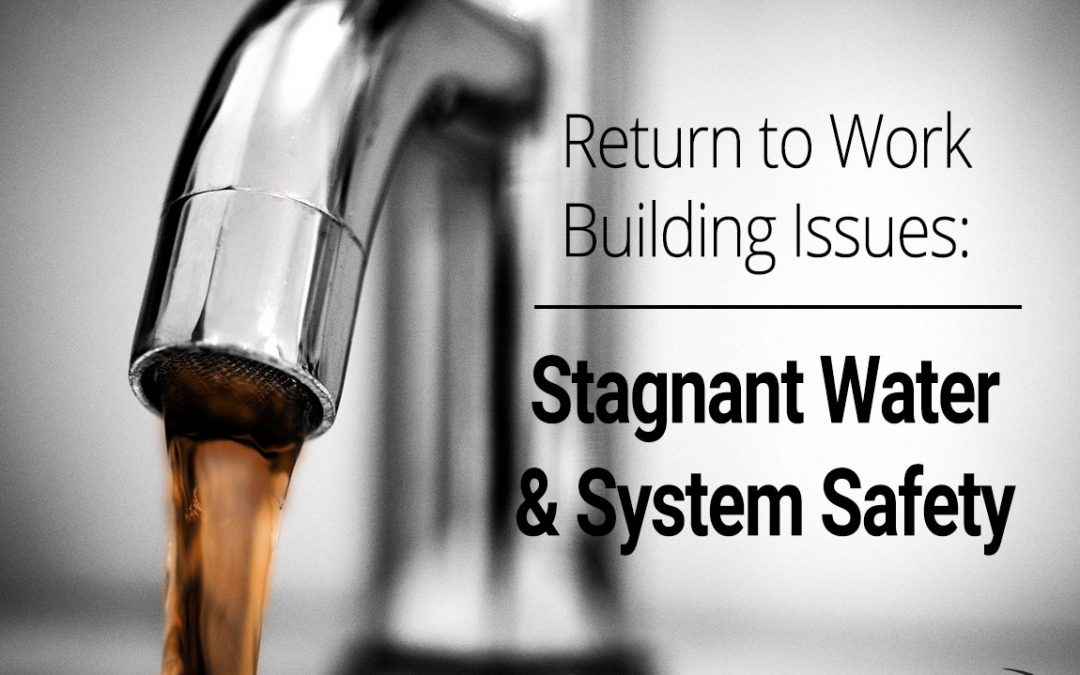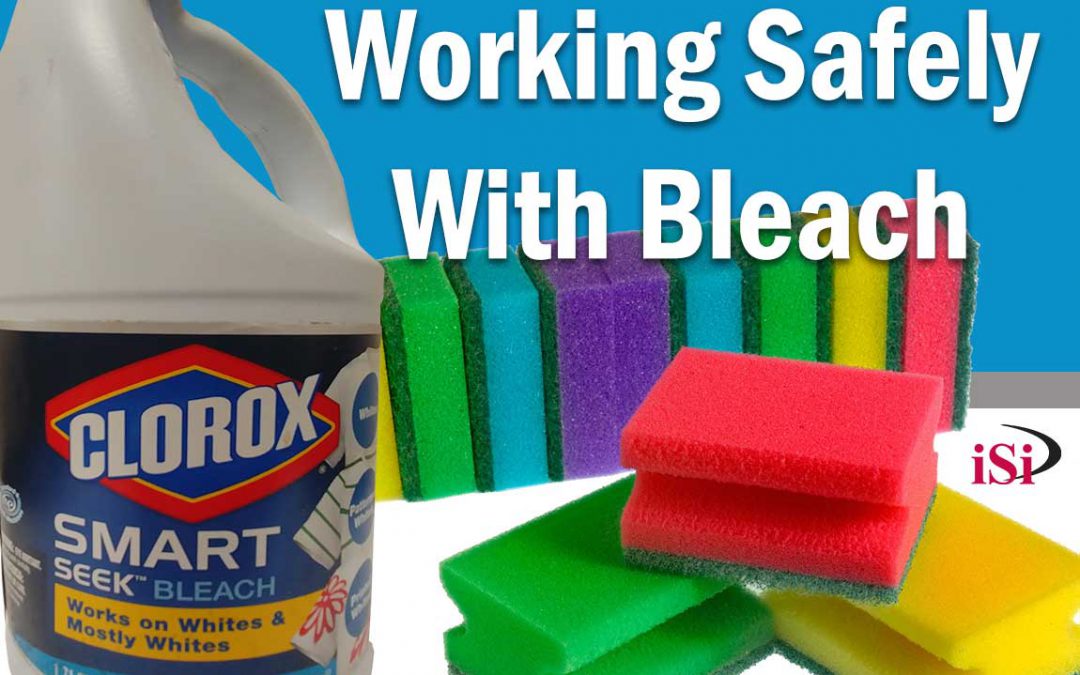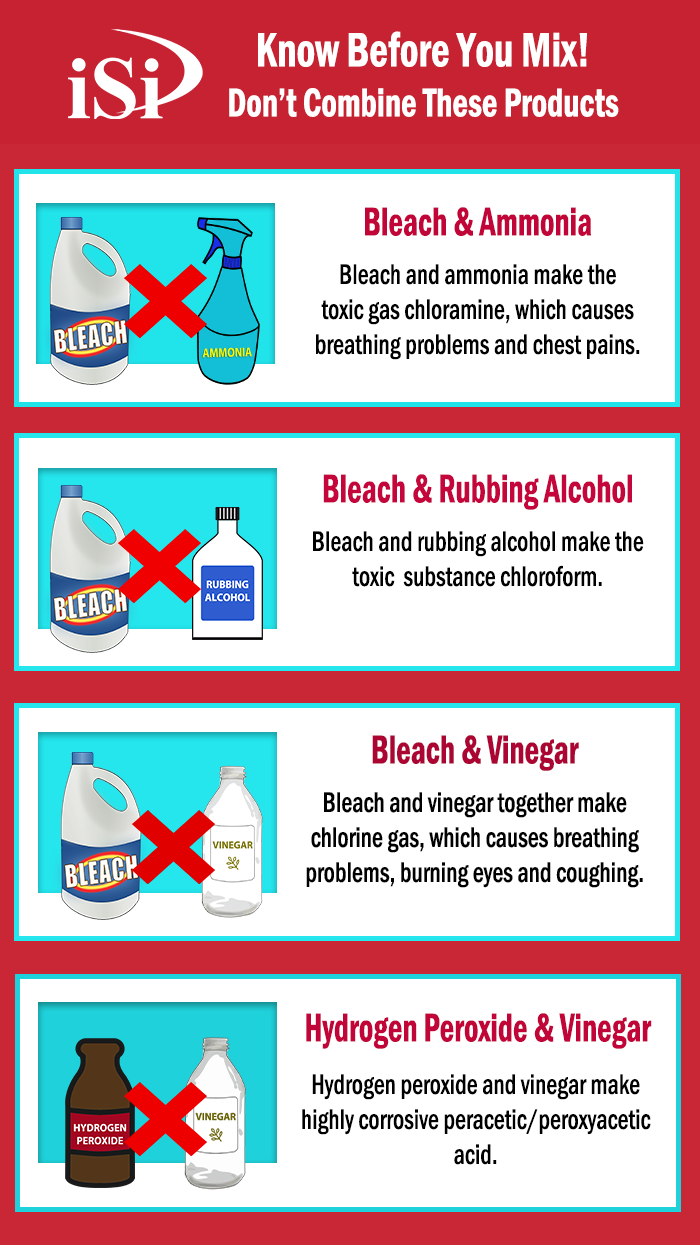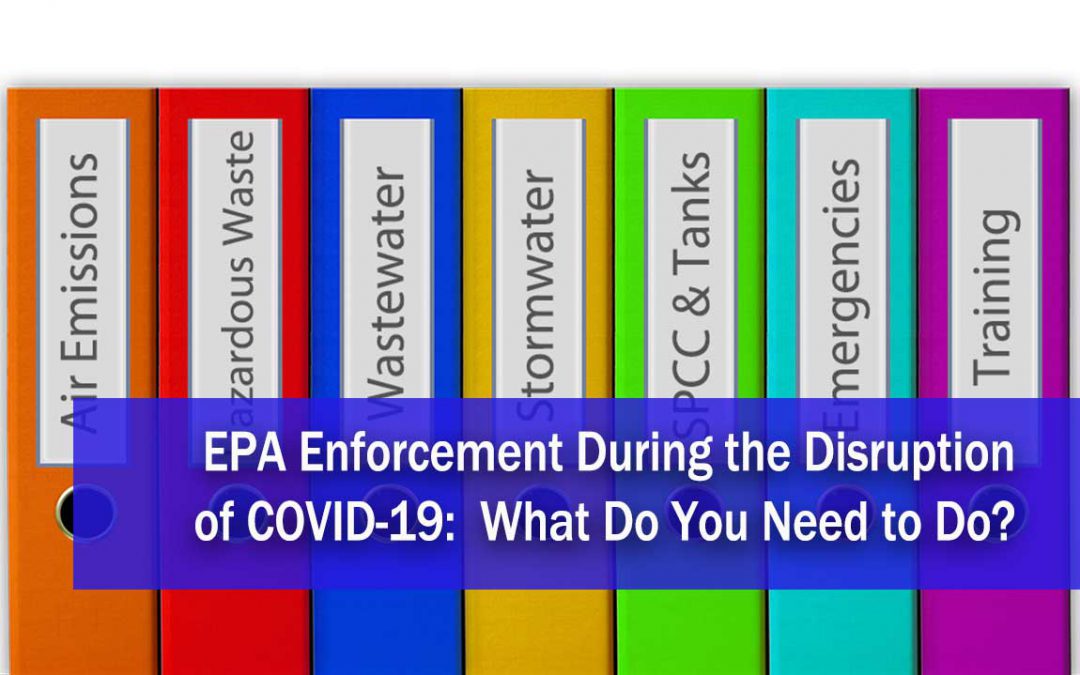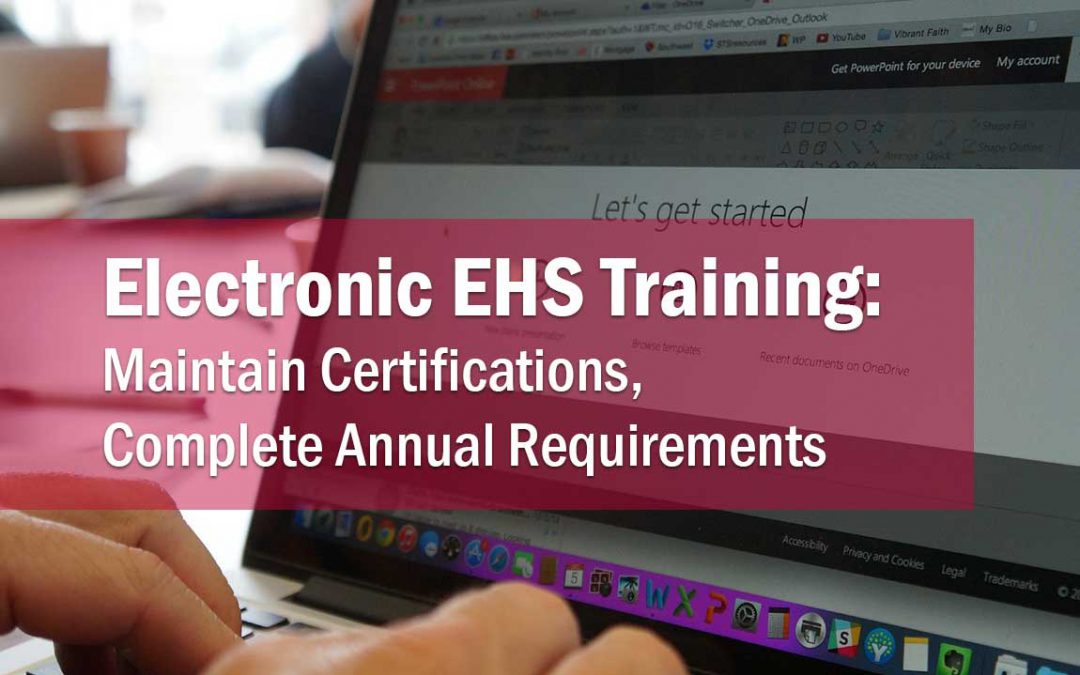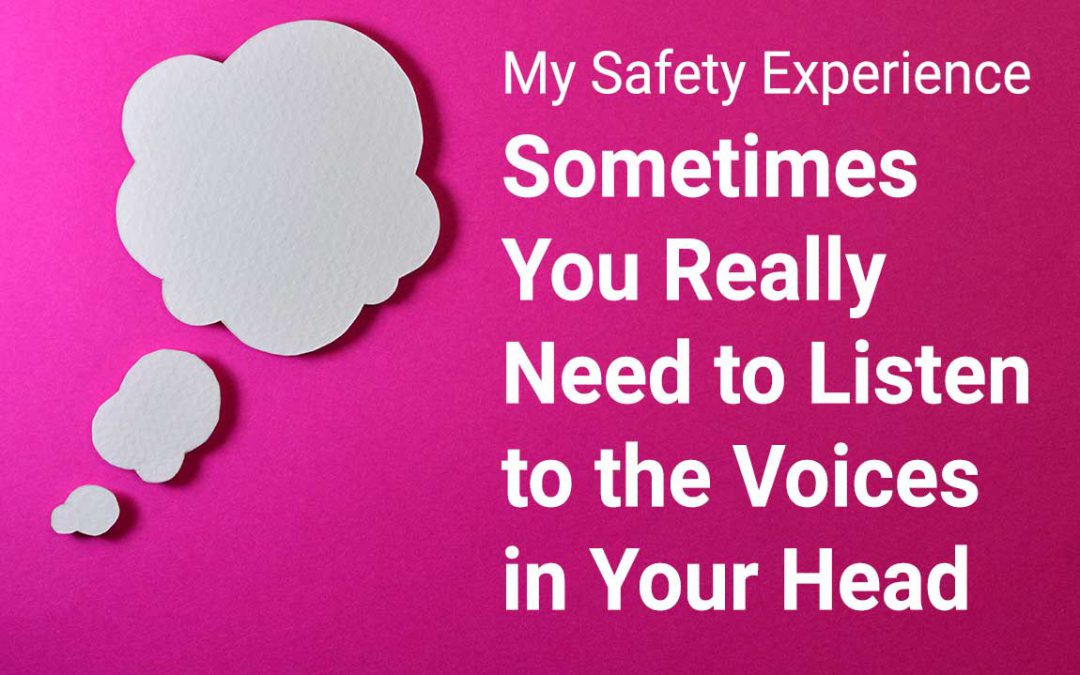
Sometimes You Really Need to Listen to the Voices in Your Head
At iSi, the office and marketing/sales teams get involved in safety too, and one of the things we do is we each get a week to share a personal safety experience. This is what I plan to share this month during my turn, and I hope you can take something away from it, especially as we head into National Safety Month this month. – Tami Hadley
###
Usually when someone talks about the voices in their head, it’s kind of a joke, or played off as a negative thing. However, sometimes those voices can tell you good things that you actually need to listen to. There was one important time I wish I had listened to the voices that were trying to help keep me safe, but didn’t.
In late June of 2001, 20 years ago this month, my sister-friend and I were seriously scalded in a kitchen accident. My friend used to think homemade was the way to go. Six kids later she thinks a little differently, but back then that’s the way it was. She was canning green beans from her garden and she had one of the old-time pressure cookers from the 70s. She hadn’t used it much, and I certainly didn’t know anything about it.
One night when I was visiting, she was wanting to get the beans canned. Her husband usually took care of the pressure cooker part but he was gone that night. She had seen him do it, so she decided she would do it herself. When it was time to take the jars out, she couldn’t get the lid of the cooker off. Earlier that evening, the lid was really hard to get on, and so it made sense that it would be hard to get it off. She enlisted my help. I’m a helper…sure I’ll help. We stood over the stove and started trying to muscle the lid off, and it wasn’t moving.
We paused for a moment. In that pause, later we both discovered when discussing the event, that a voice in our heads was saying to each of us “Wait a minute, maybe this isn’t a good idea.” However, we both are get ‘er done types and there were a lot of other things to get done that night, so we proceeded. What we proceeded into was pressurized scalding water going everywhere. We had missed a step – depressurizing the cooker.
The water flew everywhere. Scalding water covered my head, face, arms, hands, chest, stomach and upper thighs. She got it all over her arms, legs and feet. After being temporarily blinded, I ran to the bathroom sink for the cool water, and she went to the kitchen sink. Besides the extreme pain, I knew it was bad when I looked in the mirror and saw a huge piece of skin on my nose falling off and my face beginning to swell. I found out later that the boiled water remaining on my clothes was continuing to burn me. I kept them on until I was convinced to strip down in the ambulance. Well, not until I made them shut the door, and make my cop friend who was working that night, go away.
I ended up spending the night in the burn unit with second degree burns over 30% of my body and my friend had second and third degree burns. The nurses in the emergency room had a real good time with me after learning I worked for a safety consulting company. They made all the medical personnel who came in the emergency room ask me where I worked so I could relay the irony of the situation.
It was a long, painful July for the both of us and it took us about a month for full recovery. We both still have scars, especially on our arms. I tell her it’s like a tattoo to remind us of what we went through and what we should/shouldn’t do. We are extremely fortunate and blessed it didn’t do any other long lasting scarring damage besides that.
If we would have listened to those voices in our heads, we could’ve stopped this accident from happening.
Please relay to your teams that it is OK to stop and listen to those voices in your head when something does not seem right. It’s ok to take a moment to rethink something before you do it. Nothing is too important or needs to be completed so quickly that you can’t take a moment to rethink it, especially when it comes to your safety.
Some safety lessons I took away from this ordeal…
- It’s OK to listen to the voices when it comes to your safety.
- If you’re scalded, remove the clothing that has the hot water on it to prevent continual burning. A lot of my most painful injuries was a result of this.
- Scalding burns larger than 3 inches or that cover more than one area of your body need medical attention.
- Run cool or lukewarm water (not cold) over the area but don’t submerge yourself in it or you could lose body heat.
- If you’re going to use a pressure cooker, buy the ones with the best safety features and won’t let you take the lid off until you depressurize it. My friend did bravely “get back up on the horse” and used that old cooker again, but more safely. I still refuse to be in the same room with it.
- Always be familiar with the proper procedures for using something – don’t rely on only doing it by sight or watching someone else – you may miss something very important.
What’s your safety story? Do you use personal safety stories in your safety programs? How is it working? Let us know!
Subscribe to Our Blog!
We send out our blog articles via email. Don’t miss an article!


Contributing:
Tami Hadley
Marketing Director | Project Manager, E-Training Solutions
Tami has been with iSi for over 24 years. During this time, she has enjoyed helping promote regulations compliance awareness and education through her involvement with iSi Training and through leadership roles with industry conferences and professional organizations.


